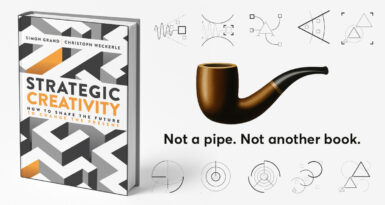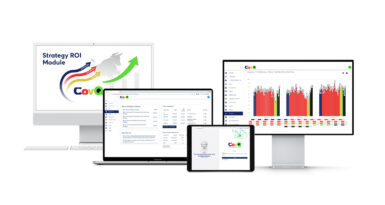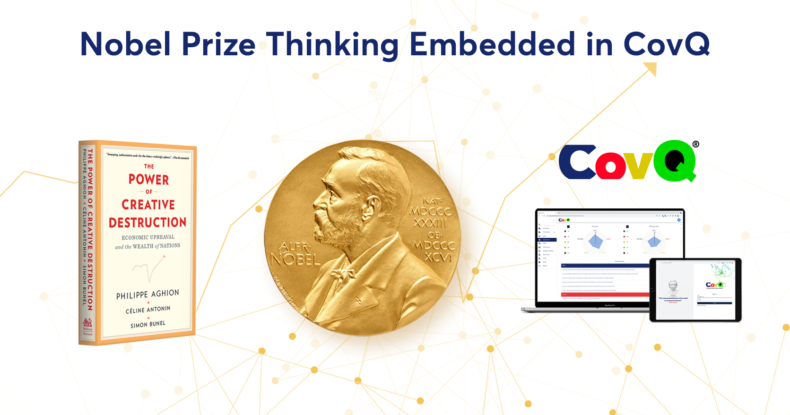
Turning Economic Theory into Measurable Enterprise Growth
A CovQ by 8W8 Perspective on the 2025 Nobel Prize in Economic Sciences
Introduction
The 2025 Nobel Prize in Economic Sciences celebrates one of the most consequential ideas of our time: that innovation is not a matter of chance but a system of progress. This recognition honors the work of Philippe Aghion (Collège de France, INSEAD, and the London School of Economics and Political Science), Peter Howitt (Brown University, Providence, USA), and Joel Mokyr (Northwestern University, USA, and the Eitan Berglas School of Economics, Tel Aviv University), who revealed how growth emerges from within through mechanisms of learning, renewal, and reinvention to always evolve.
Their research reshaped how the world understands prosperity. It reframed economics as a dynamic process of innovation and adaptation, a science of mechanisms rather than miracles.
At CovQ, this Nobel recognition represents a milestone in the broader continuum of value creation thinking. The laureates defined the science of innovation-driven growth. CovQ provides the applied system that brings this science to life in measurable reality.
1. The Science of Growth Finds Its Infrastructure
In 2025, the Royal Swedish Academy of Sciences awarded the Nobel Prize in Economic Sciences to Philippe Aghion, Peter Howitt, and Joel Mokyr “for having explained innovation-driven economic growth.”
Their collective work established what economists call endogenous growth theory, the principle that lasting progress originates within a system capable of learning, innovating, and reinventing itself. Innovation, they showed, is not random but the structural force of evolution.
As Nobel Committee Chair John Hassler stated:
“The laureates’ work shows that economic growth cannot be taken for granted. We must uphold the mechanisms that underlie creative destruction, so that we do not fall back into stagnation.”
Nobel Prize Press Release 2025
That same principle underpins CovQ®, the Compound Value Creator Quotient, a software, knowledge system, and method based on a neural network. In the special report “Mastering Value Creation,” Harvard Business Review Analytic Services identifies this as a new category of Value Creation Management Platforms and highlights the necessity of leveraging augmented metrics embedded in circular ways.
Together, these Harvard anchors form a complete continuum:
- Harvard University Press defines the theory.
- HBR Analytic Services validates the practice.
- CovQ deploys them in measurable reality.
Together, these Harvard anchors form what can be called the Harvard Continuum, a connected line from economic theory to management validation to measurable application through CovQ.

2. From Economic Insight to Enterprise System
The Nobel laureates demonstrated that growth depends on systems that translate innovation into productivity.
As Philippe Aghion noted:
“The key factor of economic power is technological leadership.” — Le Monde Interview, 2025
Their work explained why renewal drives prosperity. CovQ provides the framework to manage it in practice.
CovQ translates this economic logic into an applied management system by:
- Quantifying how innovation and execution create measurable value
- Aligning human and artificial intelligence (HI × AI) within one learning framework
- Embedding continuous feedback loops that connect mission, metrics, and execution
Where economics identifies the mechanism, CovQ provides the structure that ensures it performs.
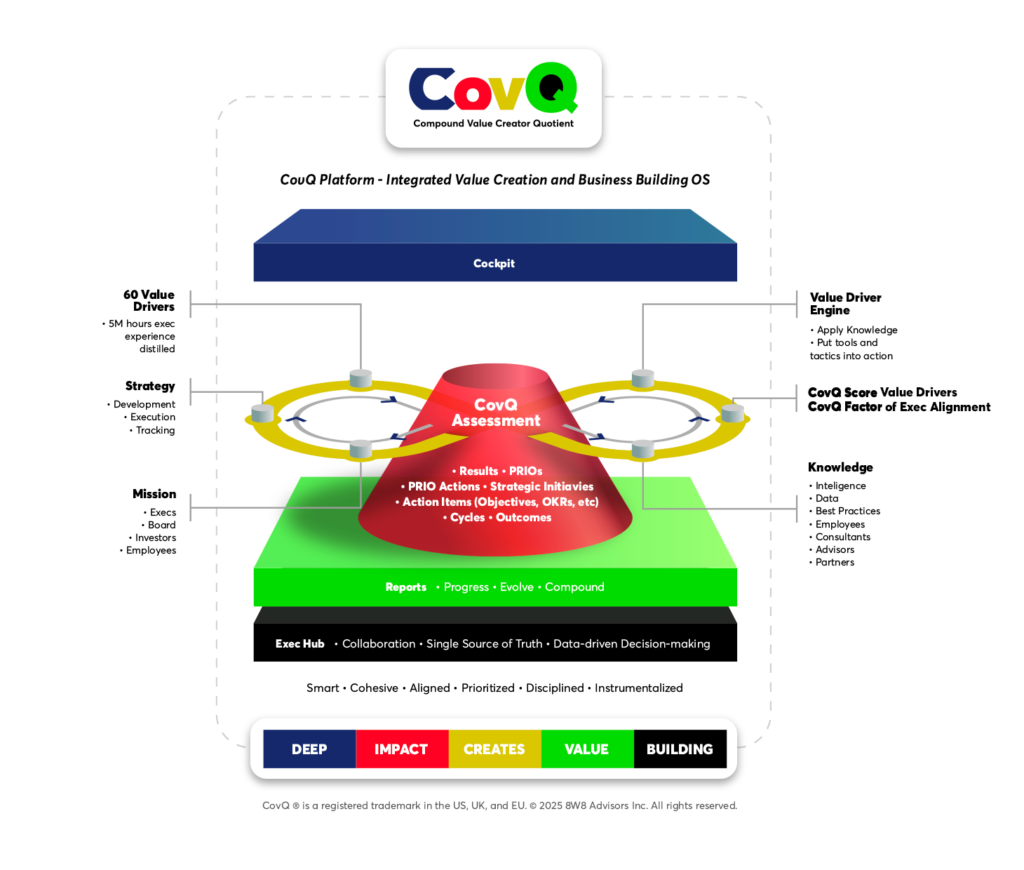
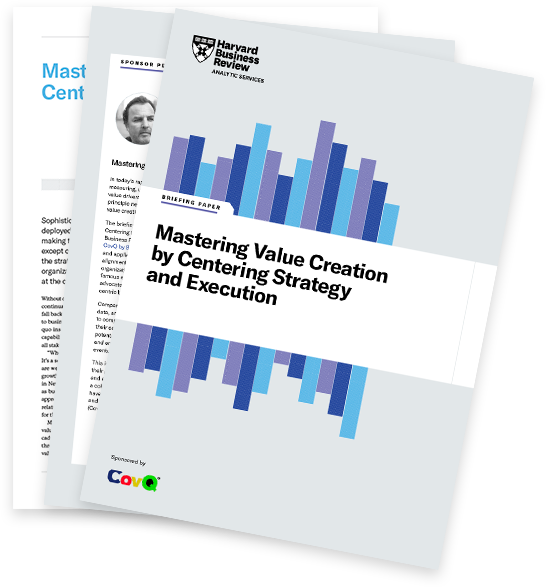
3. Data Evidence from the CovQ Insights Report
The CovQ Insights Report: Growth, Innovation & Productivity draws on more than 10,000 data points from CovQ assessments across industries and geographies.
Key findings:
- 4.5 percent of companies qualify as Compounding Leaders (CovQ Score ≥ 85).
- 21.9 percent rank as Strategic Compounders (75–84).
- Roughly three-quarters still operate below compounding maturity, the global value creation gap.
Three consistent patterns emerge:
- Growth is a capability, not an event. Enduring performance stems from internal learning systems.
- Innovation requires structure to scale. Creative renewal must be guided, not improvised.
- Productivity results from alignment in motion. Focus and feedback convert strategy into measurable outcomes.
CovQ operationalizes all three dimensions within one integrated value creation platform.
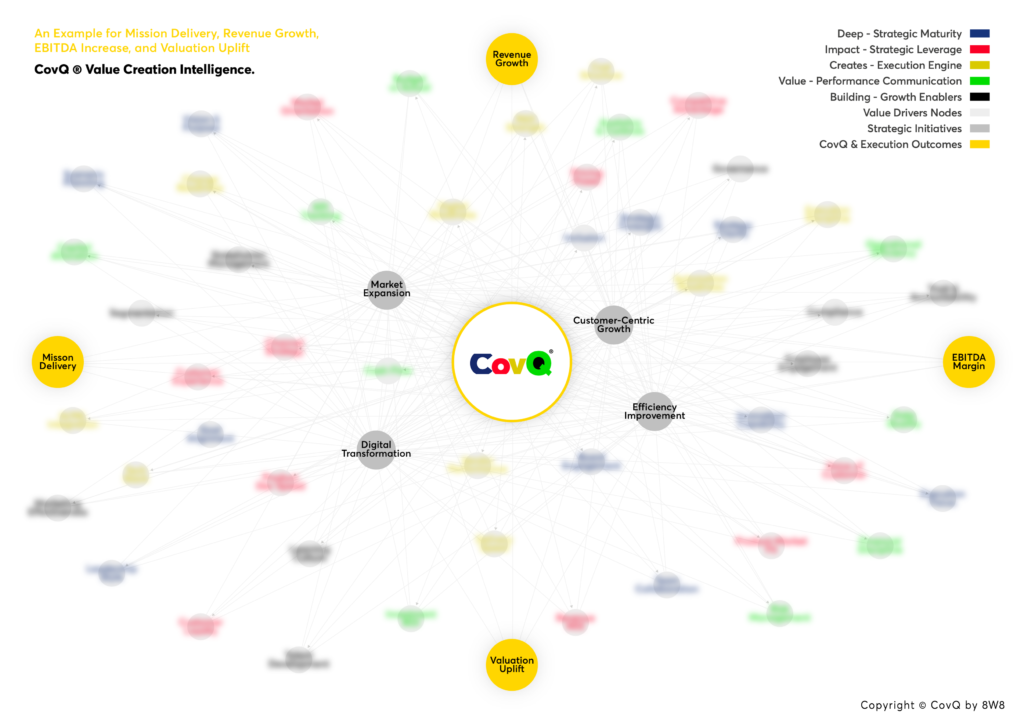
4. Mapping Nobel Reasoning to CovQ Mechanics
“Technology advances rapidly and affects us all, with new products and production methods replacing old ones in a never-ending cycle. … They show how creative destruction creates conflicts that must be managed in a constructive manner. Otherwise, innovation will be blocked by established companies and interest groups that risk being put at a disadvantage.”
Nobel Prize Press Release 2025
The Nobel laureates identified five foundational mechanisms of growth, each mirrored and managed within the CovQ system of value creation.
| Nobel Principle | How CovQ Operationalizes It | Organizational Outcome |
| Endogenous Innovation | CovQ builds internal capacity for continuous innovation and learning, enabling organizations to evolve from within rather than rely on external shocks. | A self-renewing culture capable of sustainable growth. |
| Creative Destruction | CovQ establishes structured renewal cycles that replace outdated strategies with next-generation ones through guided, data-based decisions. | Smooth transitions and business model evolution without disruption. |
| Institutional Frameworks | CovQ strengthens leadership alignment, shared purpose, and cultural cohesion, the foundations for innovation to thrive. | Organizational resilience and adaptability. |
| Productivity Through Feedback | CovQ integrates tracking, measurement, and review into continuous feedback loops that turn activity into results. | Resources are converted efficiently into measurable progress. |
| Knowledge Diffusion | CovQ connects human and artificial intelligence to share learning across the enterprise. | Innovation scales and intelligence compounds. |
Together, these mechanisms form a living architecture for innovation-driven growth, translating Nobel-level economic reasoning into a consistent and repeatable management system.
5. Completing the Harvard Continuum
The Nobel Prize recognized the science of innovation-driven growth.
- Harvard University Press published its theory.
- Harvard Business Review Analytic Services validated its practice.
- CovQ completes the continuum by providing the system that enables it in measurable reality.
This convergence of academic insight and applied intelligence signals the emergence of a management era where innovation economics becomes operational infrastructure.
CovQ bridges macroeconomic understanding and organizational execution, turning the science of growth into the discipline of value creation.
6. The CovQ Equation: Structure and execution turns innovation into compounding value.
“The flow of new ideas must keep adding to our stock of useful knowledge. Importantly, prosperity will only take off if it can build on itself in a sort of virtuous spiral.”
Joel Mokyr, 2025 Commentary
Innovation without structure creates noise.
Structure without innovation creates stagnation.
CovQ is where both converge and reinforce each other.
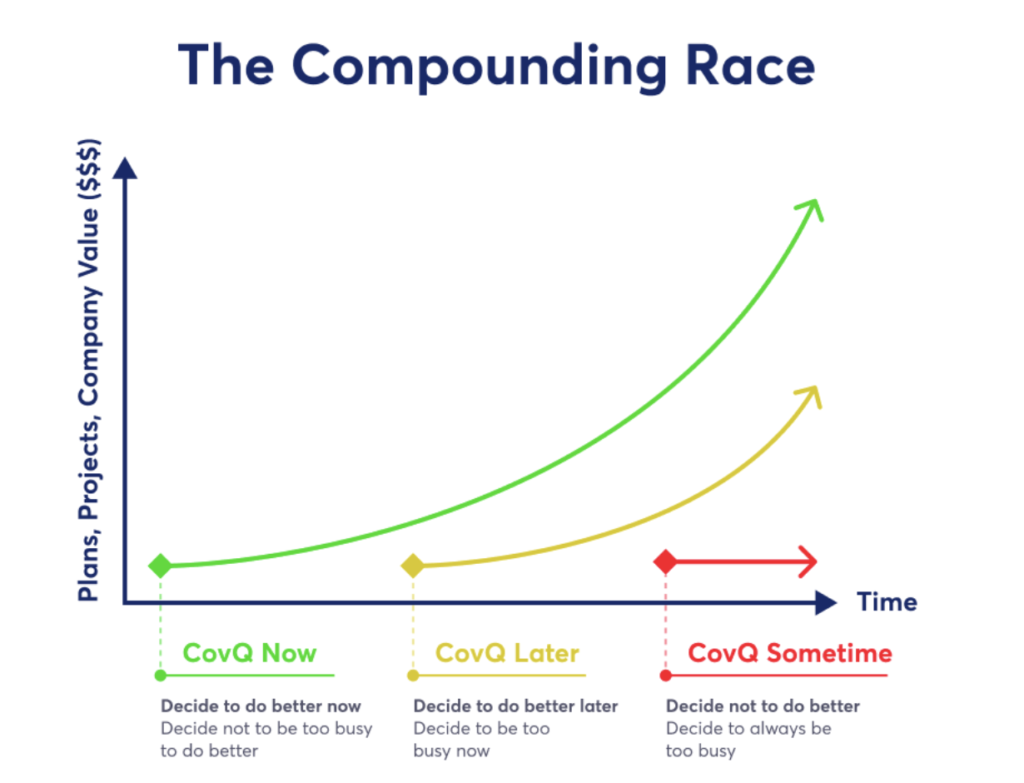
Through its five connected dimensions — Deep (Strategic Maturity), Impact (Strategic Leverage), Creates (Execution Engine), Value (Progress Performance), and Building (Growth Enablers) — CovQ helps organizations:
- Identify where value originates
- Quantify how it evolves
- Manage how it multiplies
This is the measurable interface between innovation economics and value creation management, where ideas become momentum and momentum becomes performance.
7. Conclusion: From Nobel Science to Enterprise Value
“Anything that gets in the way of openness is an obstacle to growth. So I see there kind of dark clouds currently accumulating, pushing for barriers to trade and openness.”
Philippe Aghion, Reuters Interview 2025
The Nobel Committee illuminated the mechanisms of innovation-driven growth.
Harvard University Press captured the theory.
Harvard Business Review Analytic Services validated its relevance in management practice.
CovQ applies it within real organizations.
It integrates human and artificial intelligence, data, and strategy within a continuous feedback system for compounding value.
It combines the discipline of economics, the clarity of analytics, and the consistency of execution so that innovation remains not a moment in time but an enduring capability.
Epilogue: Honoring the Science and Its Architects
The achievements of Aghion, Howitt, and Mokyr extend far beyond academia. Their work gave structure to what every innovator senses: that progress must be cultivated, measured, and renewed.
By embedding their reasoning into modern enterprise systems, we continue their legacy in action and practice.
CovQ stands on their intellectual shoulders, translating economic discovery into the organizational mastery of value creation.
The Nobel Prize honors the science.
CovQ honors it by making it work wherever compounding value is the ambition.


